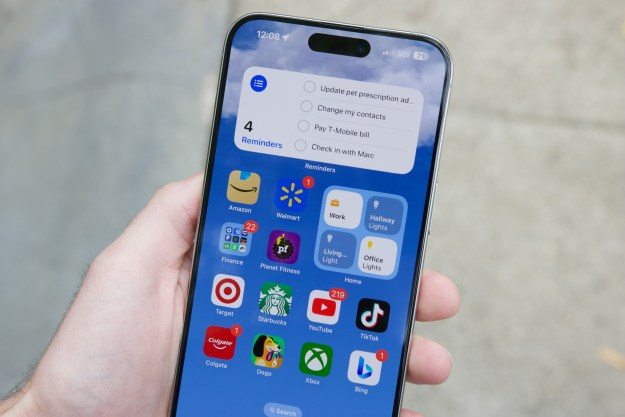Google is continuing to improve its augmented reality platform, ARCore, and has released an update for Android and iOS that adds facial augmentation and improves the existing Cloud Anchors that allowed for AR object permanence.
That sounds complicated, but it’s less complex than it initially seems. The new addition, Augmented Faces, allows users to attach fun effects to their faces that follow their movements and react to their expressions in real time. The technology is similar to iOS’s Animojis and Memojis — except with a key difference. While iOS’s in-built AR effects require a depth-sensing camera (the TrueDepth selfie lens on the latest iPhones), ARCore’s new feature is able to recreate this effect without the need for advanced hardware. To achieve this, Augmented Faces lays a 3D mesh over your face with 468 individually tracked points — with each point corresponding to a specific point on the AR effect. Basically, think of Snapchat’s filters, but better.

The second major part of this update consists of improvements to ARCore’s Cloud Anchors. Introduced in May 2018, Cloud Anchors allow for a certain amount object permanence between devices. Essentially, draw an arrow on a wall with an Android device, and a friend on an iPhone will be able to see it. That may seem minor, but imagine being able to leave a breadcrumb trail of AR directions for a friend while you’re out, or view AR models of spacecrafts together.
This sort of social AR experience is something Google is eager to explore, and this update makes the existing cloud anchors more robust and efficient. More angles are processed when the anchor is created, making steadier and more realistic — so elements are less likely to come loose from their anchor and drift across your screen.
Outside of exceptions like Pokémon Go or Harry Potter: Wizards Unite, it’s probably fair to say augmented reality plays little role in most people’s lives. Part of the reason for that is, well, it doesn’t really have much use yet. However, Google’s recent addition of AR directions to Google Maps — which uses your phone’s camera and screen to overlay directions on the real world — shows what’s possible with augmented reality. This update for ARCore may not be the most exciting update so far — but it’s a big step along the road to AR becoming from commonplace in our lives. If you’re eager to check out what’s currently possible in AR, check out our list of the best AR apps for Android and iOS.
Editors' Recommendations
- The most common Skype problems and how to fix them
- Your iPhone just got a new iOS update, and you should download it right now
- What is Wi-Fi calling, and how does it work?
- How to save text messages on iPhone and Android
- Google is launching a powerful new AI app for your Android phone


